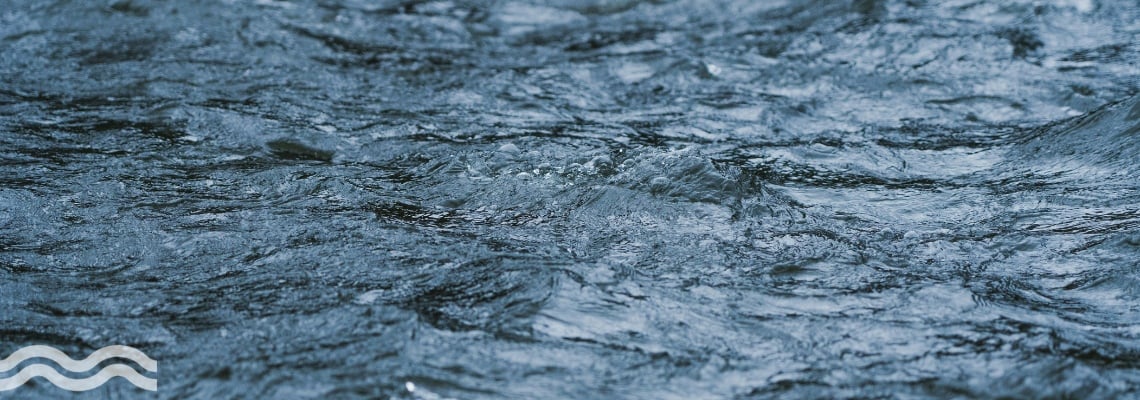Eyes on the Water: Citizen photos train AI to monitor river pollution

Thousands of river photos taken by a conservation group have been used to train AI to spot pollution events in the UK.
Collaboration provides river health insights
WRc (Water Research Centre) teamed up with rainfall data modelling company Rain++ and National Taiwan University to train AI models to spot visual markers of river health using thousands of photographs taken by the Friends of Bradford's Becks community group.
The Natural England-funded project builds on an earlier collaboration between the conservation group and Yorkshire Water in which photos provided to the utility helped identify sewer misconceptions that were later fixed, helping to improve the health of the river ecosystem.
A healthier way to monitor river health
River monitoring is typically carried out by Environment Agency and water industry professionals using chemicals and expensive equipment. The project sought to determine whether camera monitoring could provide a cheaper and more accessible way to monitor river health, as a supplement to traditional methods.
With over 1,000 members, all with the goal of wanting to see the river thrive, Friends of Bradford's Becks is well-placed to work with local stakeholders to provide a regular, high volume selection of photos to help train the AI models.
Robert Hellawell, Friends of Bradford's Becks told media at the start of the project why the group were eager to become involved: "In 2018, there was a heart-breaking, long lasting, dry weather, pollution incident which came from beneath the city. It killed much of the aquatic life downstream of the city centre. It was two years before a fish was spotted in the river again."
He added: "In the aftermath of this devastating incident, members of FoBB thought about ways of remotely monitoring the river and to raise an alarm when pollution is spotted. It was thought that camera monitoring could offer a more affordable, practical alternative to the traditional methods."
Defining river health
The initial project ran for six months. It started with the research team defining visual markers of river health, including the presence of wildlife, outfalls discharging into the river, rubbish, obstructions to fish passage, channel modifications and discolouration.
The most frequently identified markers at Bradford's Becks were plants (99 per cent of photos), discolouration (63 per cent) and modified channel (28 per cent). The photos were then sorted with a subset that contained these markers used to train different AI models.
According to the researchers: "We found that ChatGPT and C-Tran models performed similarly well, with C-Tran having the advantages of higher precision, being trainable and being free. Whilst YOLOv8 had lowest overall accuracy, its ability to draw bounding boxes around river health markers of interest was considered useful."
Maps of these results suggest that channel modifications and discolouration occur throughout the Bradford Becks catchment – i.e. there are no hotspots. The analysis also identified outfall locations throughout the city, and a selection of these that were close to sewage litter. These outfalls could be a priority for further investigation by the water company or local authority.
Natural England senior advisor Dr Rachel Palfrey said "Clean water is essential for life. Natural England is delighted to support the Water Research Centre, Rain++, National Taiwan University and the Friends of Bradford's Becks with this innovative project, using technology to help us protect, restore, and enhance water quality within the Bradford District."
She added: "This initiative forms part of our wider Nature Recovery Project across Bradford and the South Pennines, where we are working collaboratively with partners to connect people with nature and support local habitat and landscape restoration that contributes to growing a national Nature Recovery Network."
Following completion of the initial six-month project, the research team has secured funding from Natural England to further improve the AI models further in 2024.


